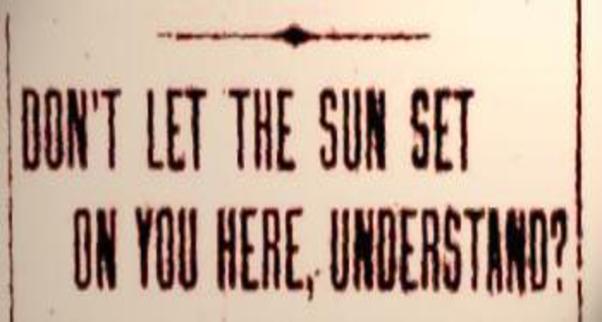
A diverse crowd filled The Mayme Clayton Museum and Library’s main meeting room on Saturday, June 8, 2019 at 2 pm for a community event on Hidden History of Culver City Racism, with more than a hundred people in attendance to confront the topic.
The event was framed around the article authored by John Kent, The Hidden History of Culver City Racism, published by StreetsblogLA on April 5 of this year, and has been a driver of conversation in the community. The panel included Kent, Joes Segal of the Wende Museum, MCLM Director Lloyd Clayton, and MCLM Assistant Director Steven Fisher, Culver City council member Daniel Lee and Culver City resident Jessica Cattelino, an associate professor of anthropology at UCLA.
Segal began by setting the Mayme Clayton collection in the same category as the ‘Soviet Hippie’ collection at the Wende. “History is so dependent on our having these connections, these unexpected treasures, that lead us to these insights. . . of course there is no official history of the Soviet hippies, because it was an underground culture. But someone knew someone, who had these clothes and artifacts, and now because the [Wende] museum has them, they are part of history. The African-American treasures in the Clayton collection, they are American history, and by having a clear understanding of the past, we can understand the present and plan the future.”
Clayton spoke about the lack of books that inspired Mayme Clayton, a librarian at UCLA, to turn to a second career as a collector of African-American literature and artifacts, and referenced the current issues with the museum’s struggle to stay at their current address.
The main presentation, on Culver City’s history as a “sundowner” town, was a powerpoint by Kent citing the historical evidence from his Streetsblog article, and was followed by a presentation of relevant information by Cattelino. “If you are a homeowner in Culver City, the deed to your property may contain a clause – unenforceable because of subsequent Supreme Court rulings – forbidding you from selling the property to a “Non-Caucasian.” This language is still on these deeds.”
Kent put the effects of these housing restrictions in context as part of a larger history of real estate promotions calling Culver City “a white city,” alongside quotes from such historical film figures as Academy Award winning director George Stevens, offering that the Ku Klux Klan was a heavy presence in both the movie studios and the police department.
When ten Jewish families decided to come together in the 1950’s to begin what is now Temple Akiba, this was also said to be a challenge to the racist status quo of the city’s leadership at the time.
Several speakers on the panel held that the most important facet of Culver City’s racist history was using the information to prevent it from becoming Culver City’s future.
Council member Lee offered his own experiences of being stopped for a DWB – Driving While Black – by the Culver City Police and even being stopped as a pedestrian and frisked.
When the audience was invited to ask questions, the matter of housing came up again and again, with the lack of any rent control or rent stabilization program making Culver City an outlier in southern California. The homeless crisis also came up for discussion, and subsequent related issues.
When the program concluded, the crowd filtered up through the hallway decorated with posters and album covers of black American history of the 1960’s and 70’s. The thought provoking nature of the event elicited comments that echoed through the halls and out into the afternoon.
Judith Martin-Straw


Be the first to comment